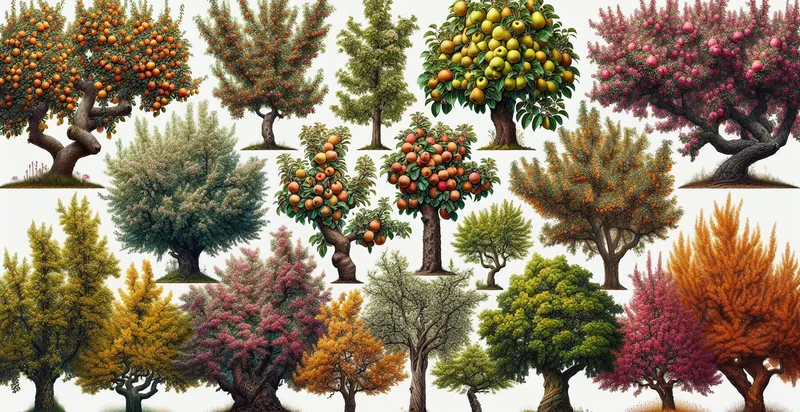Identify walnut tree species
using AI
Below is a free classifier to identify walnut tree species. Just upload your image, and our AI will predict what species of walnut tree it is - in just seconds.

Contact us for API access
Or, use Nyckel to build highly-accurate custom classifiers in just minutes. No PhD required.
Get started
import nyckel
credentials = nyckel.Credentials("YOUR_CLIENT_ID", "YOUR_CLIENT_SECRET")
nyckel.invoke("walnut-tree-species", "your_image_url", credentials)
fetch('https://www.nyckel.com/v1/functions/walnut-tree-species/invoke', {
method: 'POST',
headers: {
'Authorization': 'Bearer ' + 'YOUR_BEARER_TOKEN',
'Content-Type': 'application/json',
},
body: JSON.stringify(
{"data": "your_image_url"}
)
})
.then(response => response.json())
.then(data => console.log(data));
curl -X POST \
-H "Content-Type: application/json" \
-H "Authorization: Bearer YOUR_BEARER_TOKEN" \
-d '{"data": "your_image_url"}' \
https://www.nyckel.com/v1/functions/walnut-tree-species/invoke
How this classifier works
To start, upload your image. Our AI tool will then predict what species of walnut tree it is.
This pretrained image model uses a Nyckel-created dataset and has 18 labels, including Black Walnut, California Walnut, Carpathian Walnut, Carya Laciniosa, Carya Ovata, Chinese Walnut, Common Walnut, English Walnut, Juglans Ailantifolia and Juglans Cinerea.
We'll also show a confidence score (the higher the number, the more confident the AI model is around what species of walnut tree it is).
Whether you're just curious or building walnut tree species detection into your application, we hope our classifier proves helpful.
Related Classifiers
Need to identify walnut tree species at scale?
Get API or Zapier access to this classifier for free. It's perfect for:
- Agricultural Research: Researchers can utilize the walnut tree species identifier to categorize and study different species in conservation and agricultural settings. This can enhance understanding of genetic diversity and ecosystem resilience among walnut trees.
- Timber Industry: Companies in the timber industry can implement this function to accurately identify walnut tree species before harvesting. By ensuring proper species identification, businesses can optimize yields and reduce the risk of illegal logging of protected species.
- Landscape Architecture: Landscape architects can use the identifier to select appropriate walnut species for planting in different environments, ensuring that native species are preserved and suitable varieties are utilized for aesthetic and ecological benefits.
- Environmental Conservation: Non-profit organizations focused on reforestation and wildlife conservation can use the species identifier to ensure that restoration efforts prioritize the planting of correct walnut species. This promotes biodiversity and fosters healthier ecosystems.
- Genetic Resource Management: Botanical gardens and arboreta can employ the walnut tree species identifier to catalog and manage their genetic resources. This tool helps in monitoring species health and planning for sustainable breeding programs.
- Pest and Disease Management: Agricultural extension services can leverage this identifier to diagnose and manage walnut tree diseases more effectively. By accurately identifying species, they can recommend species-specific treatments and pest management strategies.
- Urban Forestry: City planners and urban foresters can use the walnut tree species identifier to inform urban greening initiatives. This will help in selecting the right species to enhance biodiversity, improve air quality, and create a more resilient urban forest canopy.


